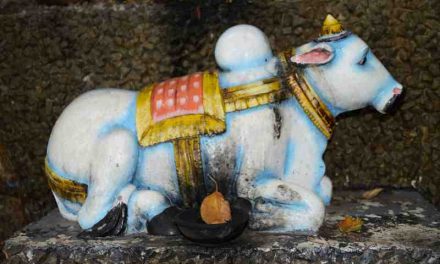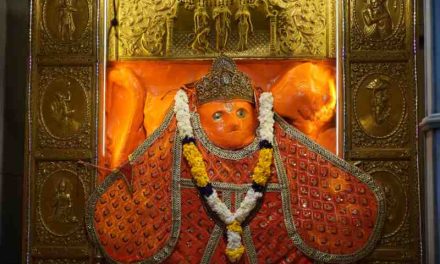The Dhyanabindu Upanishad wasn’t always just words on a page for me. It was an old divine book I inherited from my grandmother, hidden amongst her collection of prayer beads and incense. Back then, spiritual stuff wasn’t exactly my cup of tea. But something about the title, “Upanishad of the Drop of Meditation,” piqued my curiosity.
As I delved into its verses, it felt like stepping into a hidden room within myself. It spoke of a reality beyond the everyday hustle, a place of oneness and peace – and it wasn’t some faraway land, it was within me! The idea of “Atman as Brahman,” the individual self-being the same as the ultimate reality, blew my mind. It was like someone flipped a switch, and suddenly the world shimmered with a new meaning.
The Upanishad didn’t just preach, it guided. It told me to “Om,” to focus on that sound, the heartbeat of creation. At first, my mind wandered like a puppy chasing butterflies. But with practice, the stillness grew, the “Om” echoing deeper within. This inward journey wasn’t always easy. Distractions popped up like weeds – worries, desires, the never-ending to-do list. But the text reminded me of Maya, the illusion of separateness, urging me to let go and see the unity beyond it all.
The “bindu,” that point of light within my heart, became my anchor. With each focused breath, it expanded, dissolving the walls between me and the world. It wasn’t a mystical vision, but a profound shift in perception. The trees outside weren’t just “out there,” they were part of me, pulsating with the same life force. And that force, I realized, was the Divine, not some distant deity, but the very essence of who I am.
This journey wasn’t solo. The Upanishad emphasized the importance of a guru, a teacher who points the way. I was fortunate to find a kind soul who patiently answered my questions and supported my wobbly steps.
It’s not a walk in the park, this quest for oneness. But the Dhyanabindu Upanishad isn’t a dusty relic; it’s a living guide, a drop of wisdom for the soul. So, if you’re curious, pick it up, breathe in its words, and start your own inward exploration. Who knows, you might just discover the Divine shimmering within you, waiting to be embraced.
From Skeptic to Seeker:
Spiritual teachings weren’t exactly my thing back then. But something about that title sparked a curiosity I couldn’t ignore. As I delved deeper, the Upanishad’s message unfolded like a treasure map, guiding me toward a truth far beyond the everyday hustle.
Atman and Brahman: One and the Same?
The idea that “Atman,” my individual self, was the same as “Brahman,” the ultimate reality, blew my mind! It was like someone flipped a switch, and suddenly the world shimmered with new meaning. This wasn’t some distant concept; it was within me, waiting to be discovered.
The Power of “Om”: Stillness Within
The Upanishad didn’t just preach, it provided a map. It told me to focus on the sound “Om,” the heartbeat of creation. At first, my mind wandered like a puppy chasing butterflies. But with practice, the stillness grew, the “Om” echoing deeper within. This journey wasn’t easy. Distractions popped up like weeds, but the text reminded me of Maya, the illusion of separateness. It urged me to let go and see the unity beyond it all.
The Bindu: A Beacon of Light
The “bindu,” that point of light within my heart, became my anchor. With each focused breath, it expanded, dissolving the walls between me and the world. It wasn’t a mystical vision, but a profound shift in perception. The trees outside weren’t just “out there,” they were part of me, pulsating with the same life force. And that force, I realized, was the Divine, not some distant deity, but the very essence of who I am.
Finding Guidance: The Importance of the Guru
This wasn’t a solo adventure. The Upanishad emphasized the importance of a guru, a teacher who points the way. I was fortunate to find a kind soul who patiently answered my questions and supported my wobbly steps.
The Journey Continues:
It’s not always smooth sailing on this quest for oneness. But the Dhyanabindu Upanishad isn’t just a dusty relic; it’s a living guide, a drop of wisdom for the soul. So, if you’re curious, pick it up, breathe in its words, and start your own inward exploration. Who knows, you might just discover the Divine shimmering within you, waiting to be embraced.





